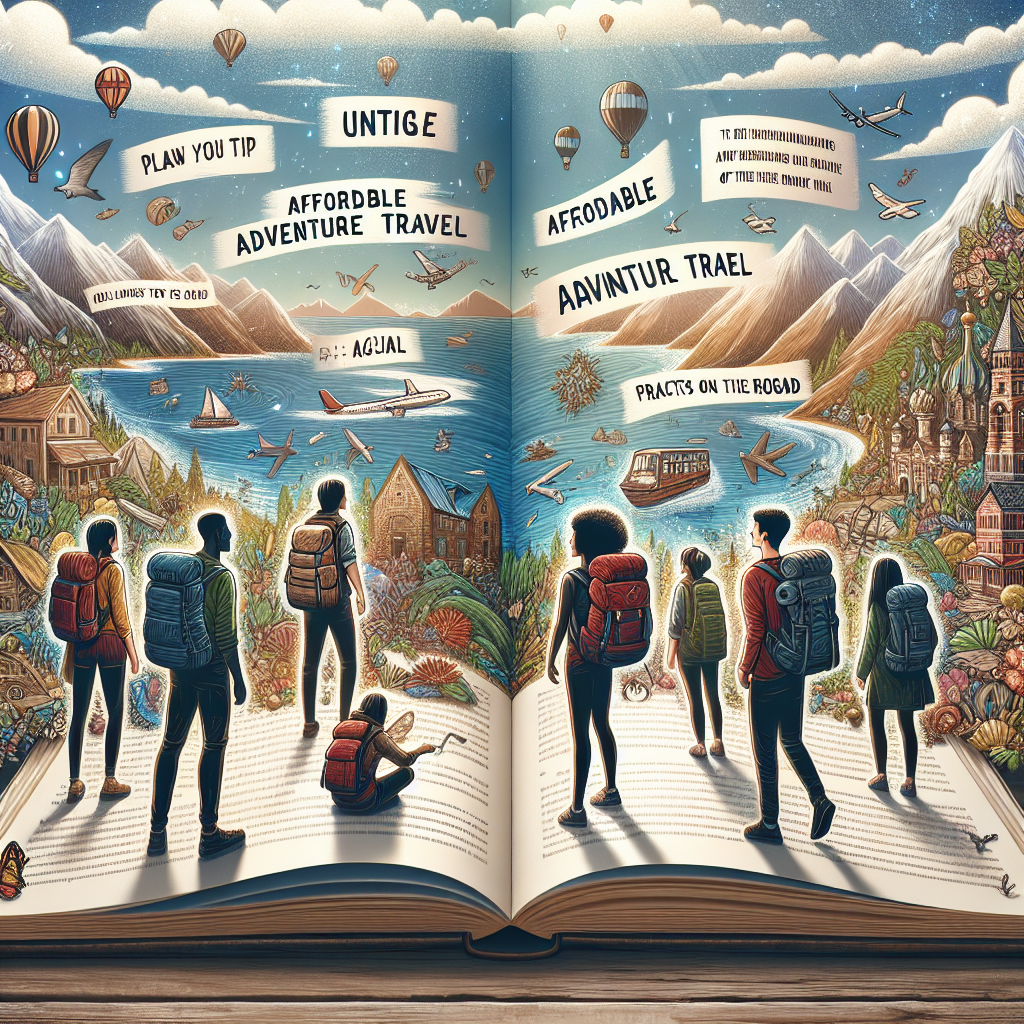Learn how to backpack on a budget with our comprehensive guide. Discover tips, tricks, and essential information for cost-effective travel.
Backpacking offers a unique way to explore the world on a budget. It's about traveling lightly, seeking adventures, meeting new people, and making memories without breaking the bank.
This guide will walk you through the essentials of budget backpacking, covering everything from planning your trip to practical tips on the road.
Step 1: Planning Your Trip
Choosing Your Destination
The first step in planning a budget backpacking trip is selecting your destination. Consider factors such as cost of living, visa requirements, and the type of experiences you want to have. Countries in Southeast Asia, Central America, and Eastern Europe are popular among backpackers for their affordability and diversity of attractions.
Setting a Budget
Determine how much money you can spend on your trip. Allocate funds for different aspects of your travel, such as transportation, accommodation, food, and activities. Keep a buffer for unexpected expenses. Tools like budget apps or spreadsheets can help manage your finances effectively.
Researching and Planning Your Route
Map out a rough itinerary, considering how much time you want to spend in each location and what you want to see and do. Flexibility is key in backpacking, so plan for spontaneity. Research the best times to visit, cultural norms, and any events you might want to experience.
Step 2: Packing Smart
Choosing the Right Backpack
Select a backpack that is durable, comfortable, and the right size for your journey. Ideally, a 50-70 liter pack will suffice for most trips. Look for features such as adjustable straps, multiple compartments, and built-in rain covers.
Packing Essentials
- Pack light to make travel easier and cheaper. Focus on multi-purpose items and layers that can be mixed and matched. Essentials include:
- Lightweight clothing appropriate for the climate
- Travel-sized toiletries
- First aid kit
- Essential electronics (smartphone, camera, chargers)
- Important documents (passport, visas, travel insurance)
- A good quality travel towel and a small lock
Step 3: Booking Transportation and Accommodation
Finding Cheap Flights
Use flight comparison tools to find the best deals on airfare. Consider flying into secondary airports or booking connecting flights with longer layovers for cheaper options.
Ground Transportation
Once at your destination, opt for local public transport instead of taxis or car hires. Buses, trains, and shared rides are not only cheaper but also offer opportunities to interact with locals.
Choosing Budget Accommodation
Hostels are a fundamental aspect of backpacking culture. Not only are they budget-friendly, but they also provide a platform for meeting other travelers. Alternatively, consider budget hotels, guesthouses, or platforms like Airbnb for affordable accommodations.
Step 4: Eating and Dining on a Budget
Food is an important part of the travel experience but can quickly consume your budget. To save money:
- Eat where locals eat; street food can be cheap and delicious.
- Shop at local markets and cook your own meals if possible.
- Carry a reusable water bottle to avoid buying bottled water frequently.
Step 5: Exploring and Activities
Free and Cheap Activities
Look for free walking tours, public museums, and nature hikes. Many cities offer free cultural performances or festivals at certain times of the year.
Using Discounts and Passes
Many places offer tourist passes that include discounted entries to major attractions and transportation. Always carry your student ID or any other relevant discount cards.
Step 6: Staying Safe and Healthy
Health Precautions
Get the necessary vaccinations before your trip, consider travel health insurance, and carry a basic first aid kit along with prescriptions if needed.
Safety Tips
Stay aware of your surroundings, keep your belongings secure, and know the local emergency numbers. Avoid risky behavior, especially when it comes to alcohol and unfamiliar settings.
Step 7: Documenting and Sharing Your Journey
Keep a journal or a blog to record your experiences. Not only is it a great way to reflect on your adventure, but it's also invaluable for friends and family following your journey. Share your photos and stories on social media or travel forums to inspire others and get tips for future trips.
Backpacking is not just about seeing new places; it's about experiencing them. With the right preparation and mindset, you can have an enriching journey without spending a fortune. Follow this guide, embrace the local culture, and make the most of your travels as a budget backpacker.




